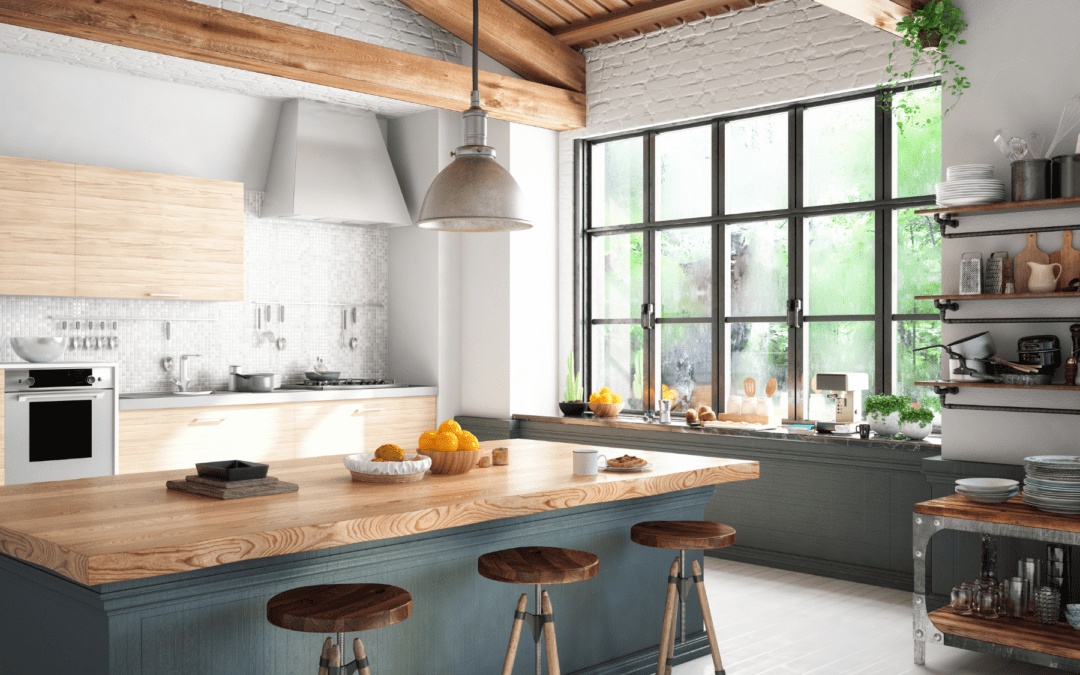The quantities: U.S. household builders commenced building on residences at a seasonally-altered annual fee of 1.58 million in January, representing a 6% lower from the previous month’s revised determine, the U.S. Census Bureau claimed Thursday. In comparison with January 2020, housing commences had been down about 2%.
The pace of building permits, on the other hand, was the optimum considering the fact that 2006. Permitting for new houses happened at a seasonally-altered yearly charge of 1.88 million, up 10.4% from December and 22.5% from a 12 months back.
Economists polled by MarketWatch had predicted housing starts off to take place at a pace of 1.66 million and setting up permits to come in at a rate of 1.67 million.
What happened: A slowdown in the construction of solitary-spouse and children households prompted the decline in housing starts in January. One-family begins were being down 12% nationwide, while multifamily starts have been up 16%.
Regionally, the Northeast was the only section of the nation the place housing commences were being up on a monthly basis in January, with a 2.3% raise. The Midwest, in the meantime, noticed the most significant fall in starts, with a 12% decrease, followed by the West (down 11%) and South (down 2.5%).
On the allowing side of the equation, the gain in January was largely driven by an uptick in permits for new multifamily buildings. The number of permits issued for buildings with 5 or more housing units was up 28% in January, compared to a 3.8% uptick for solitary-relatives permits.
The large image: Conditions stay largely favorable for house builders, as evidence by their improved self esteem in February. Demand among the household customers continues to be extremely substantial, driven by millennials reaching their peak property-acquiring age and households on the lookout for more area in the suburbs. That high desire carries on to be achieved by lower source in the industry for present houses, which means that far more initially-time consumers are becoming pushed into the marketplace for new properties.
But there is some concern as to how extensive demand from customers will continue being so elevated. Rubeela Farooqi, main U.S. economist at Significant Frequency Economics, posed the concern in a investigate be aware Thursday about whether there is “froth coming off the housing sector.” Farooqi pointed to the trend in mortgage loan applications information: The amount of persons making use of for properties continues to be elevated but is no for a longer period mounting. And increasing mortgage charges could drive many potential buyers out of the market thanks to affordability problems.
What they are saying: “After a incredibly hot streak of building in the latter half of very last year, a modest pause should really not be considered as a slowdown in momentum. There is a ton of favourable energy in the current market — evidenced by intense desire to own a residence — that will keep on to support housing into 2021,” claimed Invoice Banfield, executive vice president of funds marketplaces at Rocket Mortgage loan.
“While builders have made considerable progress in the winter months, extra is required to slim the gap amongst offer and desire,” explained Odeta Kushi, deputy chief economist at title insurance company To start with American Economical Corp.
“The big concern is no matter whether builders can navigate the chances of favorable demographics and home finance loan charges from the difficulties of soaring resources, labor and land costs. For housing, new development is the response to the present-day supply constraints and affordability crisis,” stated George Ratiu, senior economist at Real estate agent.com.

































